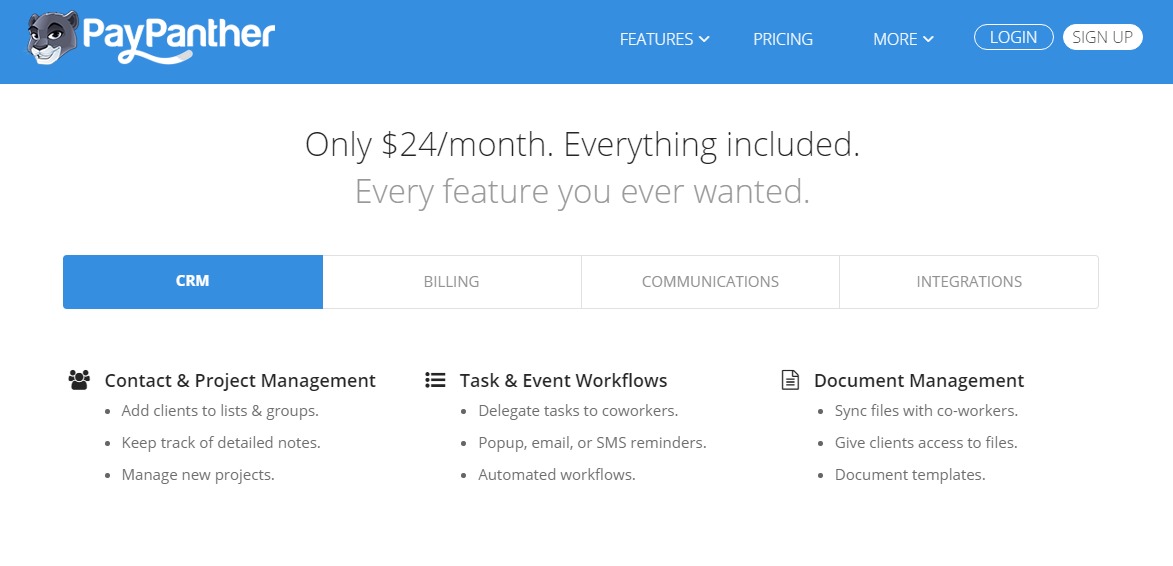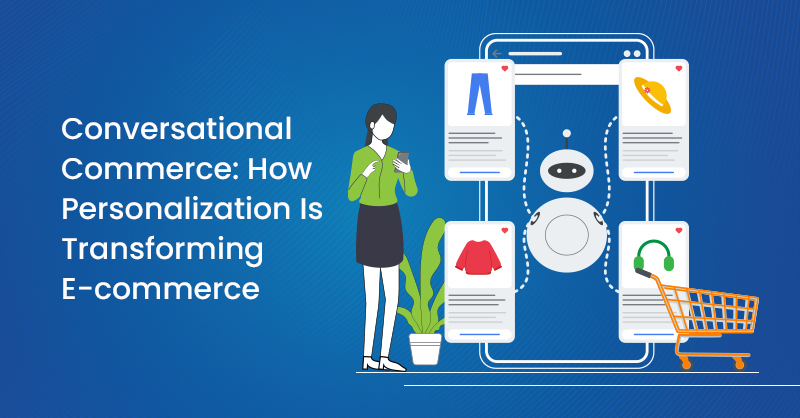There's no doubt about it – data driven marketing is winning more deals and directing more marketing budgets than ever before. No longer must marketing take the form of a guessing game: The digital age has finally revealed a level path leading to quantifiable, easily accessible bits and bytes of pertinent customer information waiting to be analyzed and honed into a master marketing strategy.
From CRMs to ERPs to web analytics to social media and beyond, there are now more tools than ever to deliver direct insight into the customer experience that tells us just about anything we want to know. By using this information, businesses can realistically increase their sales twofold by boosting the number of leads, conversions, repeat business, profit margin, and average transaction value.
But even with a 360-degree view of hard evidence, the fact is that many marketers and business owners don't know how to use all those spare data parts to build their marketing machine.
Good news for business owners, marketers and sales people everywhere: You don't have to be a data expert to double your profits. This customer data crash course maps out precisely what you need to look for and how to apply it.
Step 1: Figure out what you know – and what you don't know
Chances are, you're sitting on a treasure trove of customer information. All you need to do is pick through the pieces and turn those golden nuggets into profits. But where do you start?

The easiest thing to do is begin with the end result in mind, and work your way backward. Consider the following questions:
- What do you already know about your customers? Understanding the things you already know about your biggest fans can help you uncover deeper questions that need answers.
- What do you want to know about your customers? Targeting specific things you want to know can help you narrow your search when sifting through customer data.
- How will knowing these things help you turn more profits? If you can't figure out how your discoveries will make you more money, skip those and focus on other objectives.
With so many questions to ask and answer, and with an overwhelming amount of data to sort through, getting started on the right path is often the hardest part. But asking the right questions and searching in the right places will lead you straight to your Atlantis of customer data. After that, it's a matter of collecting the treasure, assessing its value, and putting it to work.
Step 2: Discover the Atlantis of customer data
Once you have gathered your insight into the customer experience, start sorting through the answers for the most valuable information.
Some of the best – and most reliable – spots for clues are:
- Your CRM and/or ERP
- Website analytics
- Email campaign analytics
- Customer feedback surveys
- Testimonials
- Your branded social media pages
- Google or Yelp! reviews of your business
These tools can deliver a direct view of how your customers interact with your business, and can often give clues as to what they want and expect from you. Here are some key insights to look for:
- What made the customer buy or not buy? Are a high percentage of customers dropping off at the same point in the sales cycle? Did a particular promotion or coupon significantly impact sales? Knowing these answers can help you repeat your successes, and avoid mistakes.
- How did your customers find you? Recognizing how the majority of your customers discover you is key in driving your marketing budget. It will save you a lot of time and money when you aren't wasting it on the wrong platforms.
- Who are your best customers? Thanks to Vilfredo Pareto, we now understand that nearly 80% of our business comes from about 20% of our customer base. Realizing which customers are contributing to your business's bank account the most can help you build loyalty and keep them coming back.
- Why do your customers need what you are selling? When a customer buys something from you, more than likely it is to fill a need. There are two things you need to discover: A) Why do customers see you as their go-to problem solver? and b) What alternative solutions exist? Knowing the answers to these two questions can not only help you deliver a better customer experience but also help you stay ahead of your competition.
- How much are your customers likely to spend? It pays – literally – to dig around and find out how much your customers are willing to spend. You do not have to offer the cheapest options to earn business, but you certainly do not want to charge more than what customers value your products.
- Who is the real end user of your product or service? You should already know who your target market is, but take it one level deeper and consider your customer's customer. What can you do to offer your customer the best solution for their end users?
- How do your customers describe your product or service? Stop with the internal jargon. If you sell widgets and your customers call them gizmos, then you should be marketing your widgets as gizmos. Using the same language as your customers helps give clarity to what you do, making it easy for them to find exactly what they are looking for.
Once you complete your fact-finding mission, you can start looking in these and other places to connect the pieces and build a marketing strategy.
Step 3: Transform Data Into Dollars
All that deep dive research would be for naught if you failed to do anything with it. Once you have collected your data and verified its usefulness, go back to your answers for Question 3 in Step 1 and figure out how you plan to use that information to increase your profits.
Using testimonials and understanding some of their customers greatest buying fears, PayPanther, a company specializing in online invoicing and CRMs, was able to almost double their sales through A/B testing a long and short version of their signup form.

They knew they needed to establish trust and credibility, and they wanted to overcome obstacles in the buying process. Doing a little research, PayPanther generated solid testimonials and learned what triggers or prevents customers from buying, then put that information on their signup form. The result? The longer form, which contained an FAQ section and testimonials (among other things) garnered nearly twice as many signups as the simple one.
Pricecharting.com, who creates price lists for video game values and sells them for a small fee, saw a whopping 620% increase by changing some of their website language to match what customers were seeking. Their initial CTA prompted customers to click "download," but they discovered their button looked more like a banner ad than a legitimate part of their website. By changing the word "download" to "price guide," they made a stronger connection with their audience using the language customers were most likely looking for.
Discovering key data pieces can often lead to multiple revelations – and many possible action plans. For example, if you discovered 75% of shoppers who abandoned their shopping cart did so once they discovered the shipping charge, you might rethink your shipping strategy: Would you offer flat rate shipping regardless of order total? Would you offer free shipping to everyone, or just with a minimum purchase? Would you charge for shipping, but at a lower rate?
If you can narrow down the possible solutions, try some A/B testing to see which one(s) give you the best results.
In closing
From research to implementation to final analysis, using customer data to drive your marketing machine can be a lengthy process, but it's one that is worth every second. Getting face to face with black and white data gives you a unique insight into the customer persona, revealing what your buyers like and do not like, what they want and do not want, and most importantly, what makes them buy or not buy.
You do not have to be an expert chart or graph creator, nor do you have to spend hours sifting through spreadsheets and databases or crunching numbers in hopes that some magical insight will simply appear. Answering a few simple questions can lead you directly to the information you need to gain a deeper understanding of your customers and double your sales.
Truth be told, implementing customer data into your marketing strategy is easier than you might think, and with increasing advances in digital technology, there's really no excuse not to.





